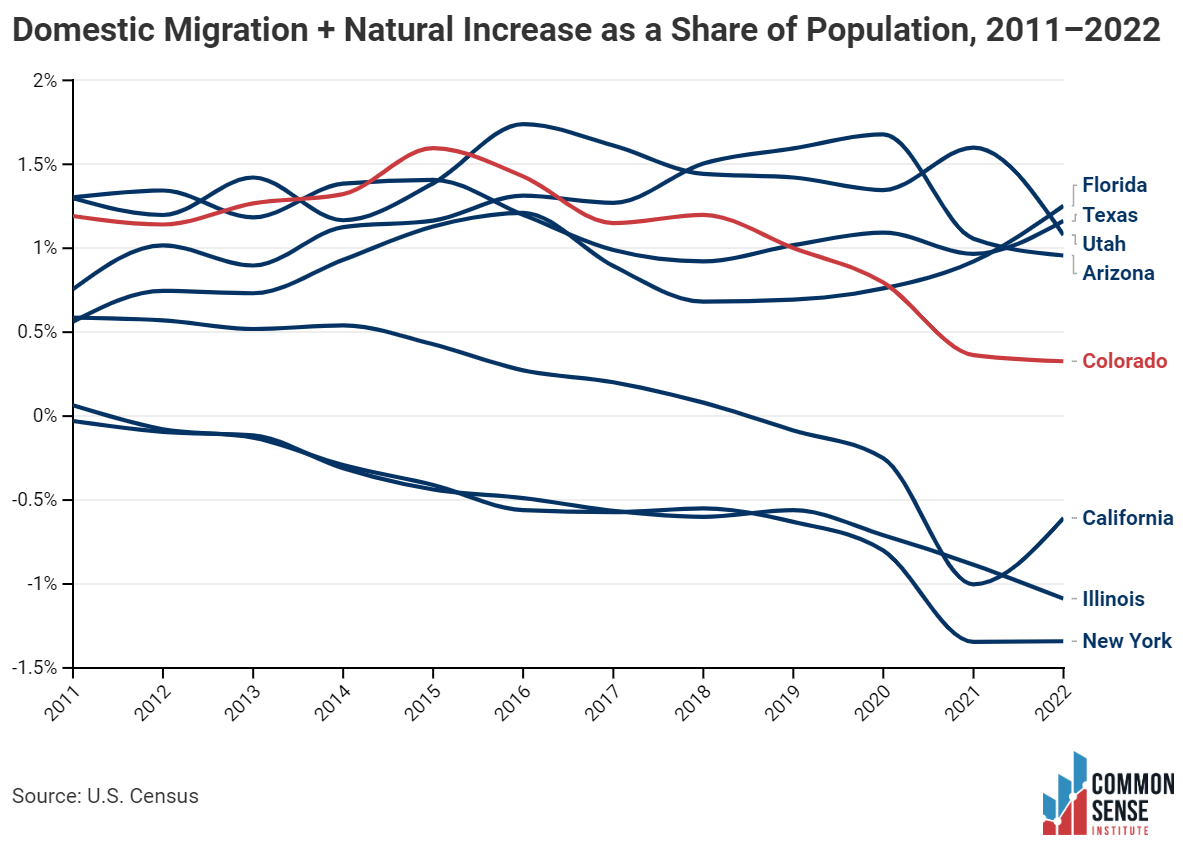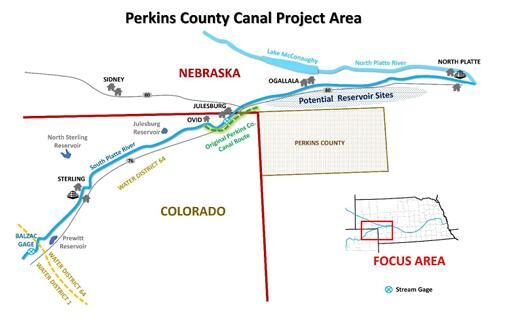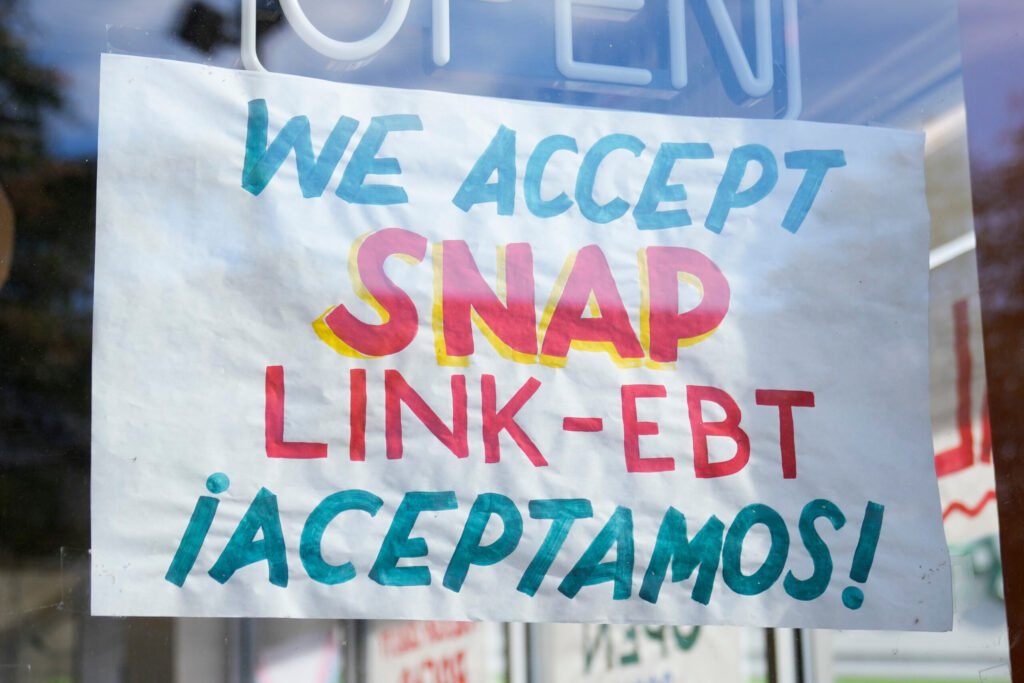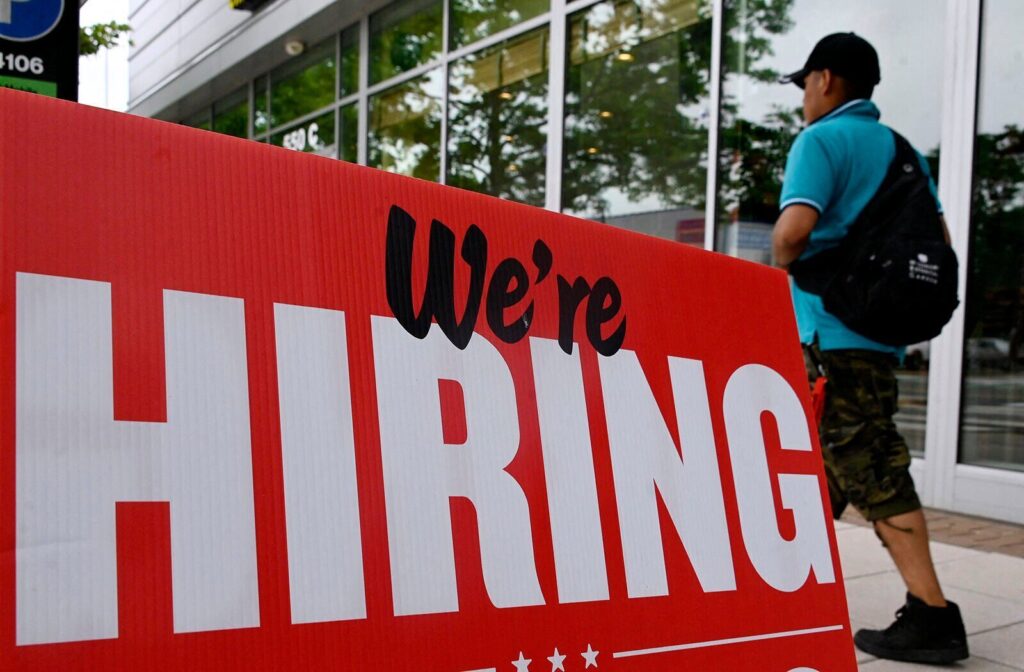Recent Colorado laws will cost businesses $2 billion, analysis shows

A slew of recent laws – notably a new family leave program – will cost businesses billions of dollars just as the flow of people coming into Colorado is dropping, a predicament that poses risks to the state’s competitiveness prognosis, according to a new analysis from a think tank.
The study from the Common Sense Institute said the long-term annual cost of just seven laws and regulations totals $2 billion.
Notably, 2020’s Proposition 118, which enacted a statewide family and medical leave program, alone costs $877 million annually, with employees paying $418 million of that amount.
“This is a cautionary tale,” said the report’s author, Lang Sias, a former legislator. “As Colorado becomes more expensive and net migration slows, Colorado becomes less competitive.”
Sias worries that more is coming from from the statehouse.
“We still have a month left in the legislative session and additional bills that have yet to be introduced will likely drive costs even higher,” he said.
The $2 billion doesn’t yet include the potential financial cost of additional regulations currently under consideration. For example, a proposed rule would compel owners of buildings larger than 50,000 square feet to steer clear of natural gas and electrify their facilities. The cost of the rule, if adopted, would cost $3.1 billion over 27 years, according to the state’s own estimate.
In addition to the family leave program, a law that to raise the unemployment insurance base wage from $13,600 to $30,600 by 2026 would cost another $120 million annually.
Supporters of the family leave program argued that paid leave offers a positive effect on the health of Colorado families, particularly new parents and individuals with health issues. They cited research showing that offering paid leave to expectant and new mothers decreases the risk of infant mortality and that giving parents more time to bond with children positively affects child development.
Supporters also said people will need to take leave to care for themselves or a loved one at some point, and the program would, therefore, facilitate that with financial support and job protection, ensuring that Coloradans won’t have to choose between their health and their job.
Opponents countered that the measure places financial and regulatory burdens on employers to navigate its complex requirements, not to mention increased costs.
The report also cited a survey of business owners by the Colorado Chamber of Commerce, which found that respondents are split on whether the state’s economy is headed in the right direction (48%) or on the wrong track (52%).
Respondents to the chamber survey cited “availability of workforce” and “excessive regulations” as their top two concerns.
Colorado migration slows
The report, Assessing Colorado’s Economic Competitiveness: Mounting Cost of Labor and Environmental Policy, also said migration to Colorado has slowed dramatically – 76,000 fewer people came compared to the 5-year average through 2019.
During the same period that Colorado’s net migration fell by 80% relative to its previous trend, population flow into to Arizona and Utah increased – in 2021, Arizona’s and Utah’s net migration rates ranked No. 7 and No. 9, respectively.

luige.delpuerto@gazette.com
Like other states, Colorado’s economy and its ability to maintain a competitive edge are intrinsically linked to how well it attracts new migrants.
Colorado, in particular, faces an acute conundrum.
In what the report calls the “Colorado Paradox,” the state boasts the second highest percentage of workers with a college degree, even as its high school graduation rate ranks only No. 44 in the country. This means migration to the state remains extremely important to maintaining an educated workforce.
If the net migration decline is due to a permanent increase in the cost of doing business here, its effects are likely to persist or even grow over time, the report suggested.
“A 1% increase in the cost of business would lead to a reduction in the labor force of 53,000 after 2 years and 123,000 after 10. The employment impacts are larger – 130,000 after 2 years and 126,000 after 10,” the report said.
CSI Executive Director Kelly Caufield said the regulatory and migration trends don’t bode well for Colorado.
“The bottom line,” Caufield said, “thanks to policies that are making Colorado less and less affordable, is that the state appears to be moving in a policy direction that is out of sync with at least two of our geographic peer competitors.
Regulations in labor, employment and environment were cited as the biggest problems, according to the report.
In particular, the report noted the passage of House Bill 19-1261, which, among other things outlined statewide goals to significantly reduce greenhouse gas emissions.
“Since the passage of HB19-1261, lawmakers and regulators in Colorado have prioritized developing policies that reduce the emissions, energy usage, and environmental impacts of the state’s commercial and industrial sectors,” the report said. “Regrettably, they have largely endeavored to that end with little regard for the costs that their efforts impose upon the private sector.”
When asked about the fact that Coloradans approved the family leave program via a vote on the ballot box, Sias said the report’s aim is not to say the laws cited by the report do not accrue benefits – to individual Coloradans, for example.
“What we would say is that we ought to be doing cost benefit analysis of those (laws), not just on an individual basis but in the aggregate,” Sias said. “And part of that aggregate conversation is, with each of these, you’re essentially asking the question: Is the juice worth cost?”













